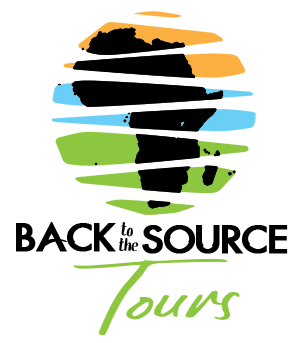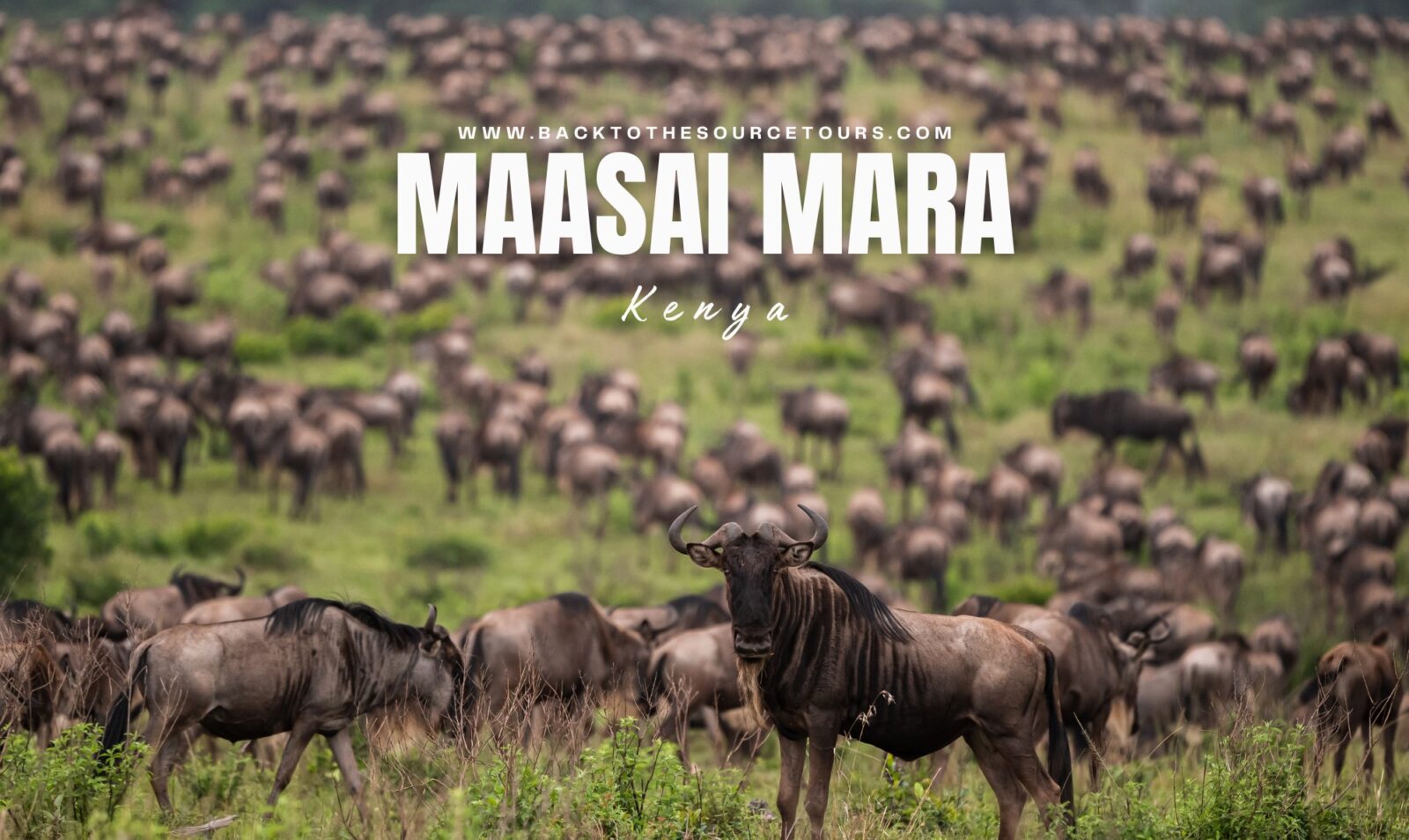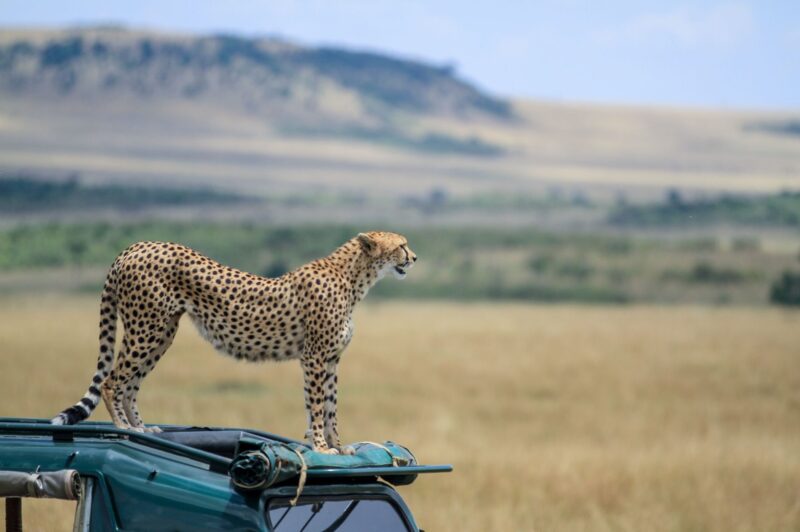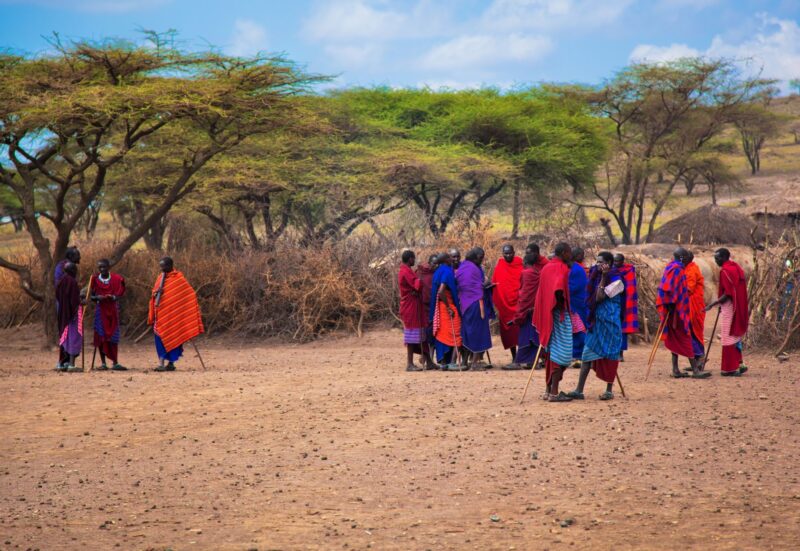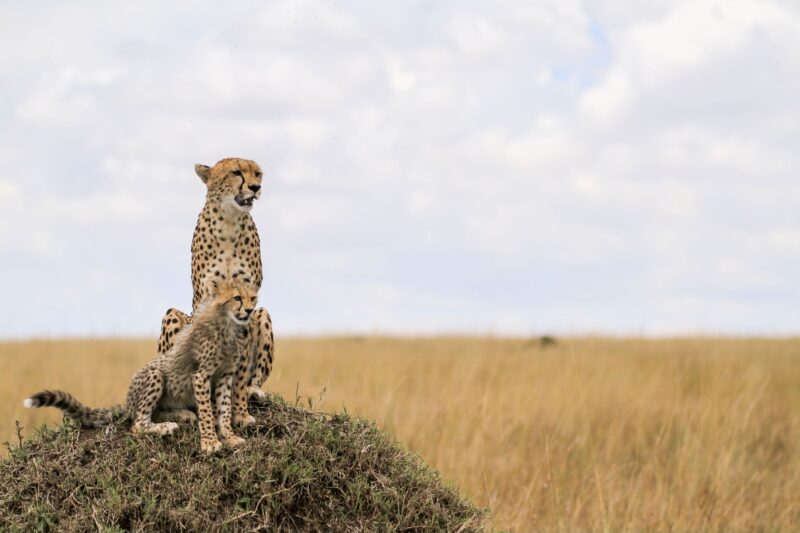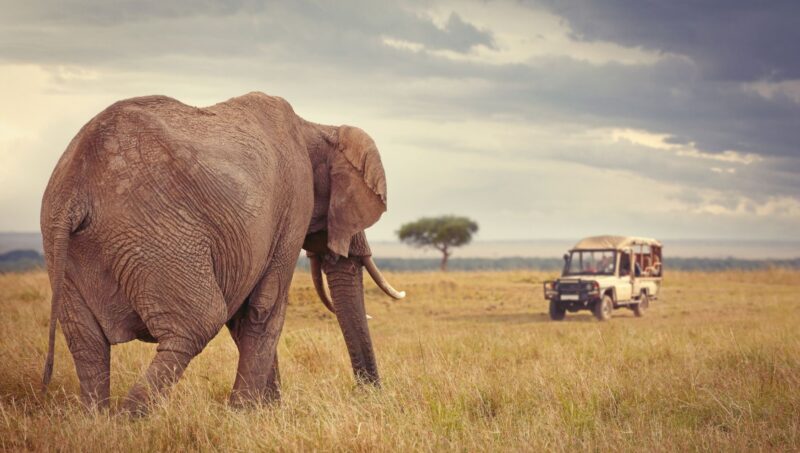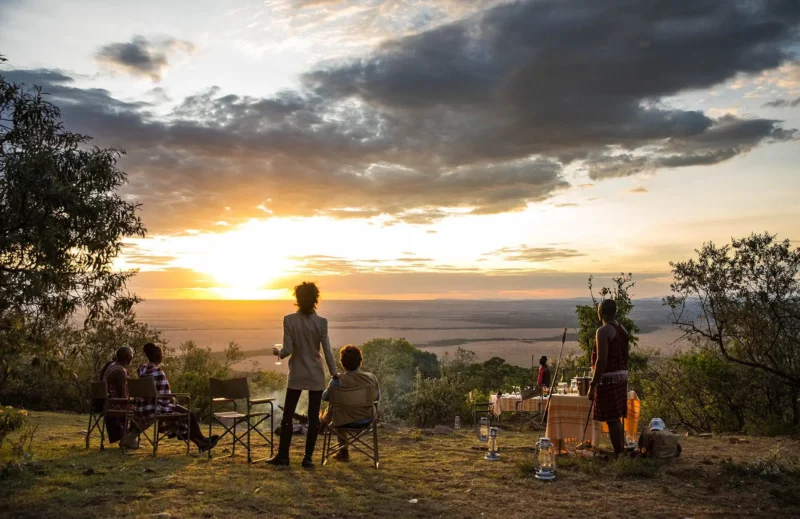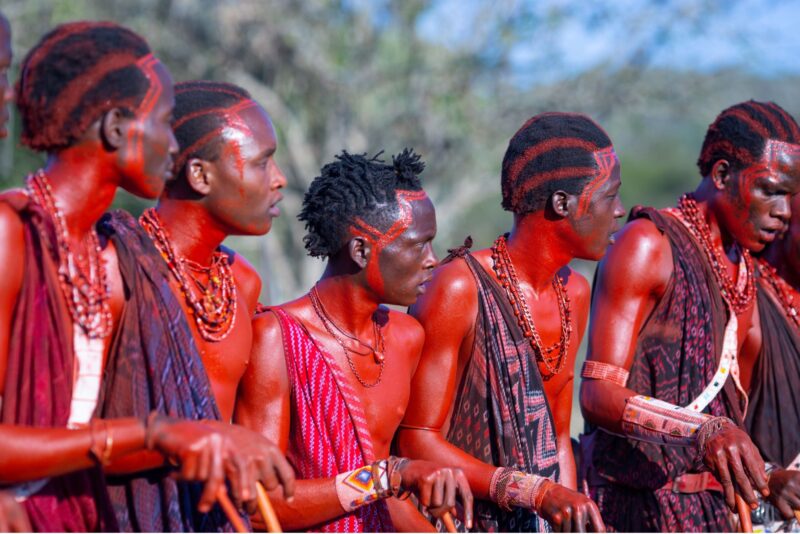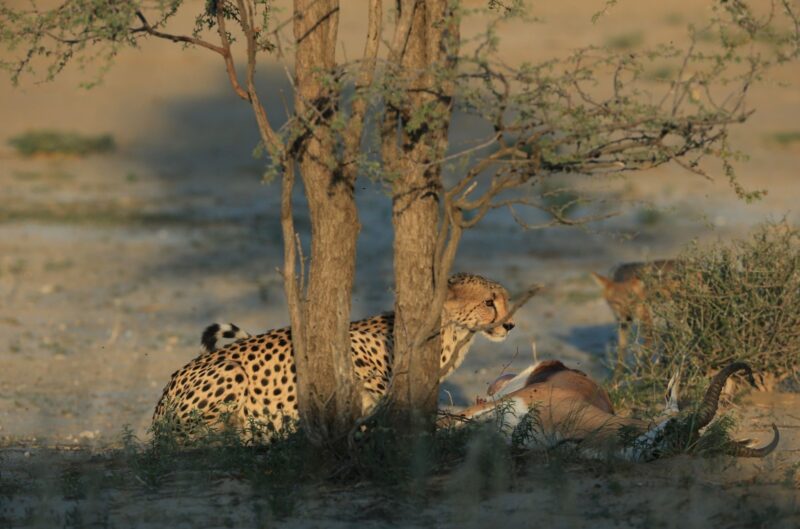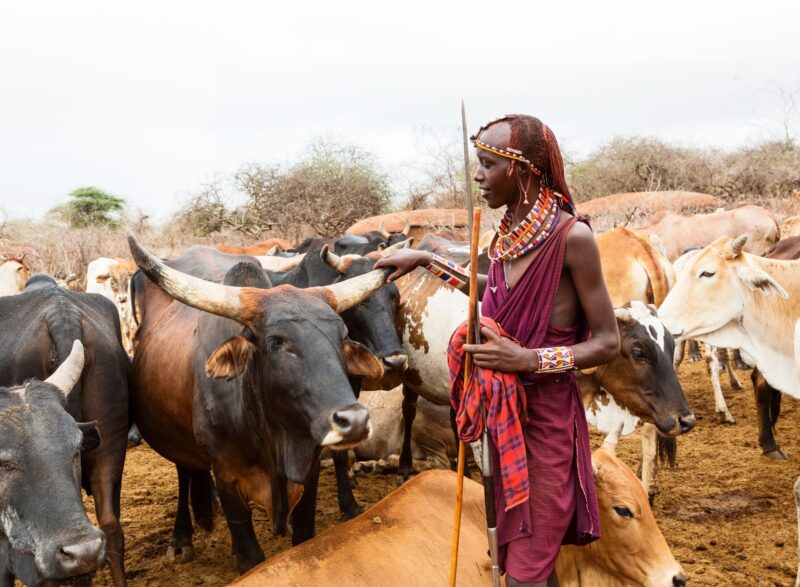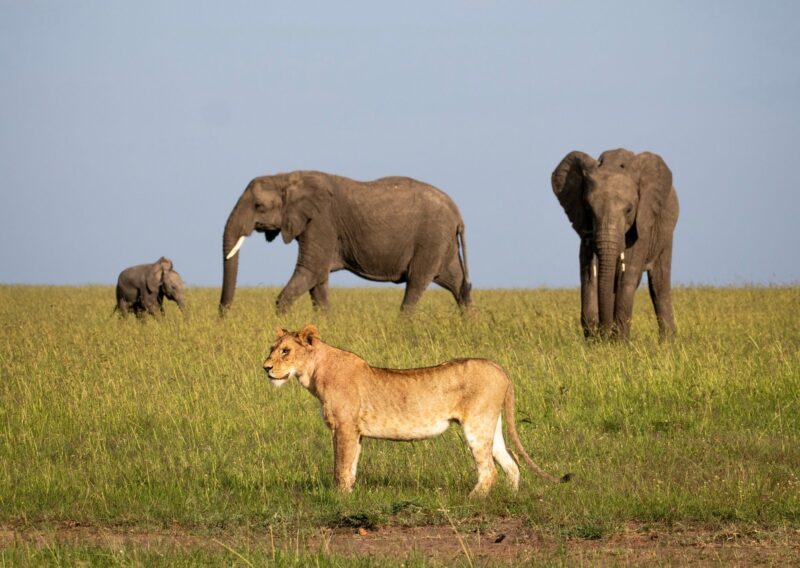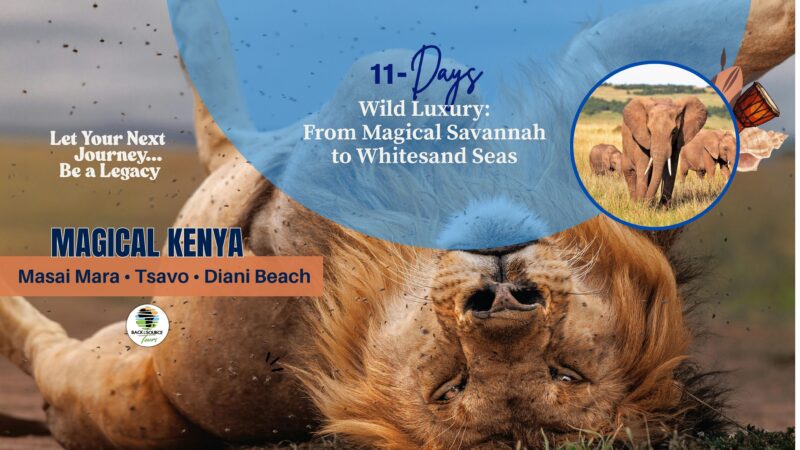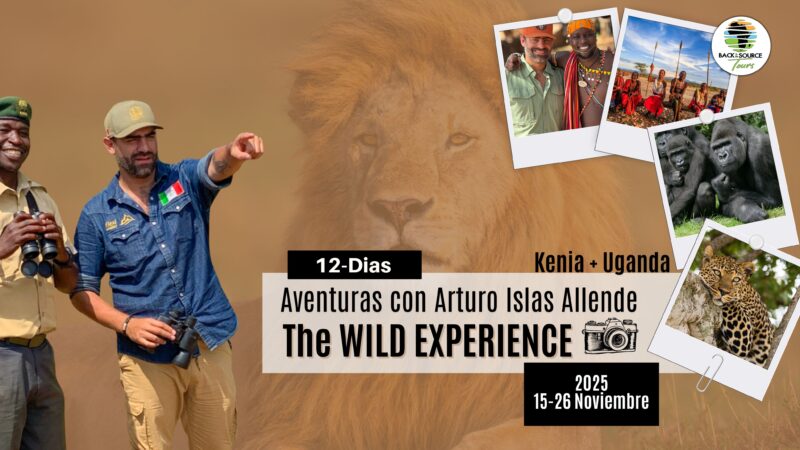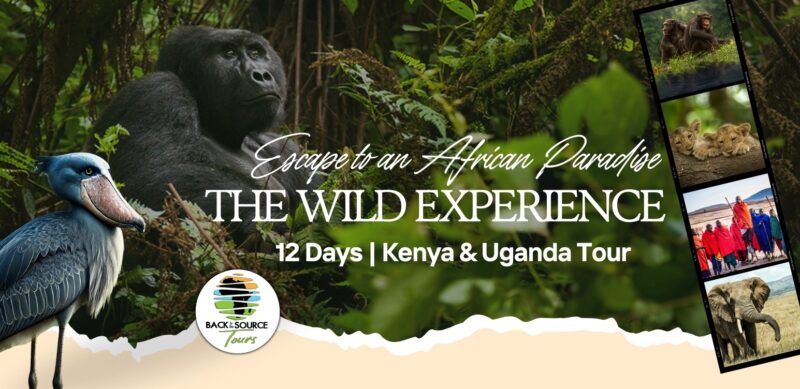The Maasai Mara, a vast expanse of golden savannah stretching across the Kenyan-Tanzanian border, is one of Africa’s most iconic wildlife destinations. This breathtaking ecosystem, renowned for its spectacular Great Migration, is a timeless tapestry of wildlife and culture.
The Maasai Mara is home to a diverse range of wildlife, including elephants, giraffes, zebras, impalas, and many more. Elephants, the gentle giants of the savannah, roam the plains in large herds, while giraffes tower over the landscape, browsing on the leaves of acacia trees. Zebras and impalas graze peacefully on the grasslands, always vigilant for predators.
A Land of Endless Horizons
The Mara’s vast, open plains are a canvas upon which nature paints its most dramatic scenes. Towering acacia trees dot the landscape, providing shade and shelter for a diverse array of wildlife. The Mara River, a vital lifeline, winds its way through the park, drawing herds of animals to its banks.
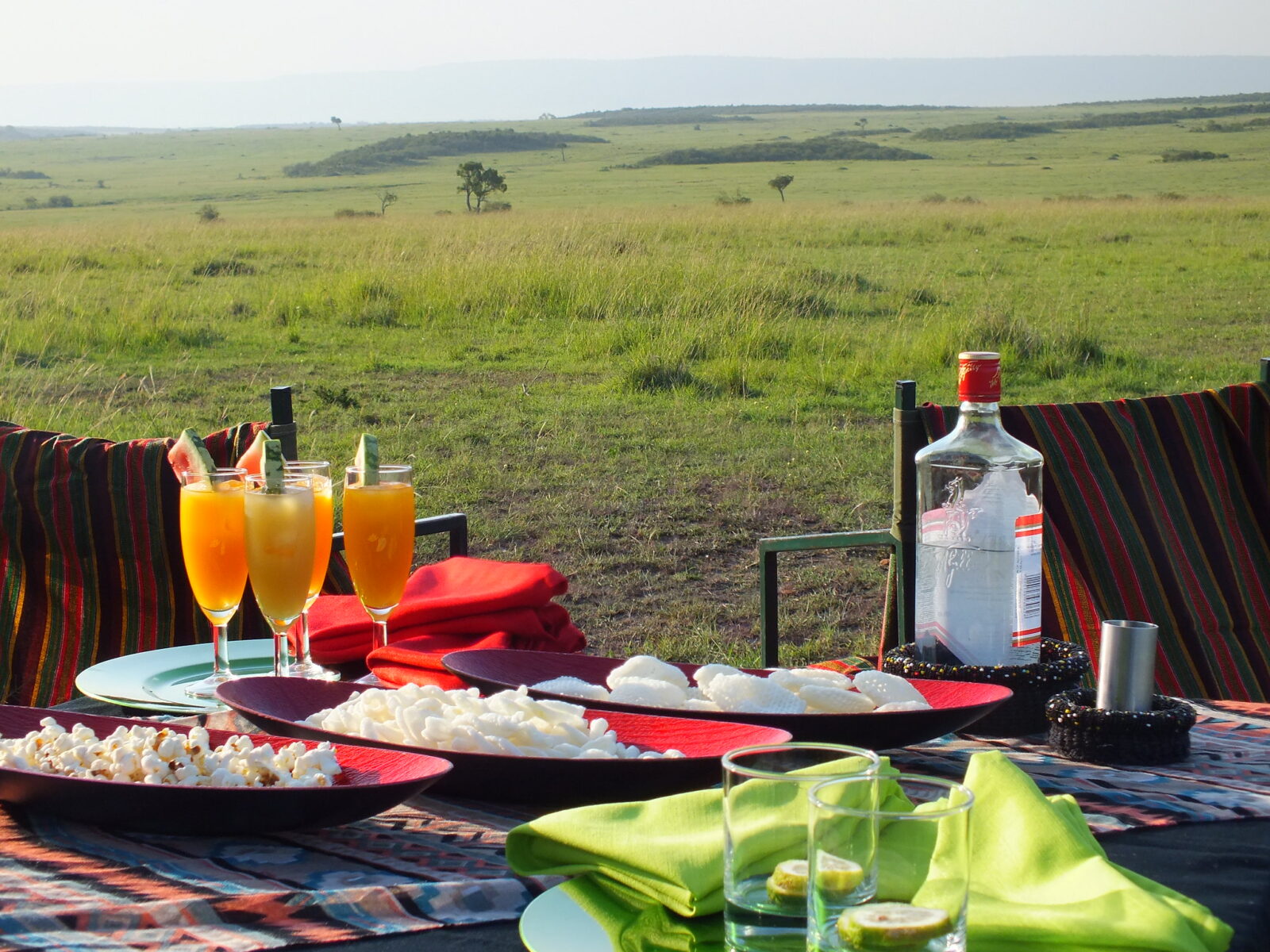
The Great Migration: A Spectacle of Nature
The annual Great Migration is the most famous wildlife spectacle on Earth. Millions of wildebeest, zebras, and gazelles embark on a perilous journey across the Serengeti and the Maasai Mara, in search of fresh grazing lands. This epic migration is a breathtaking sight, as vast herds of animals thunder across the plains, followed by a host of predators.
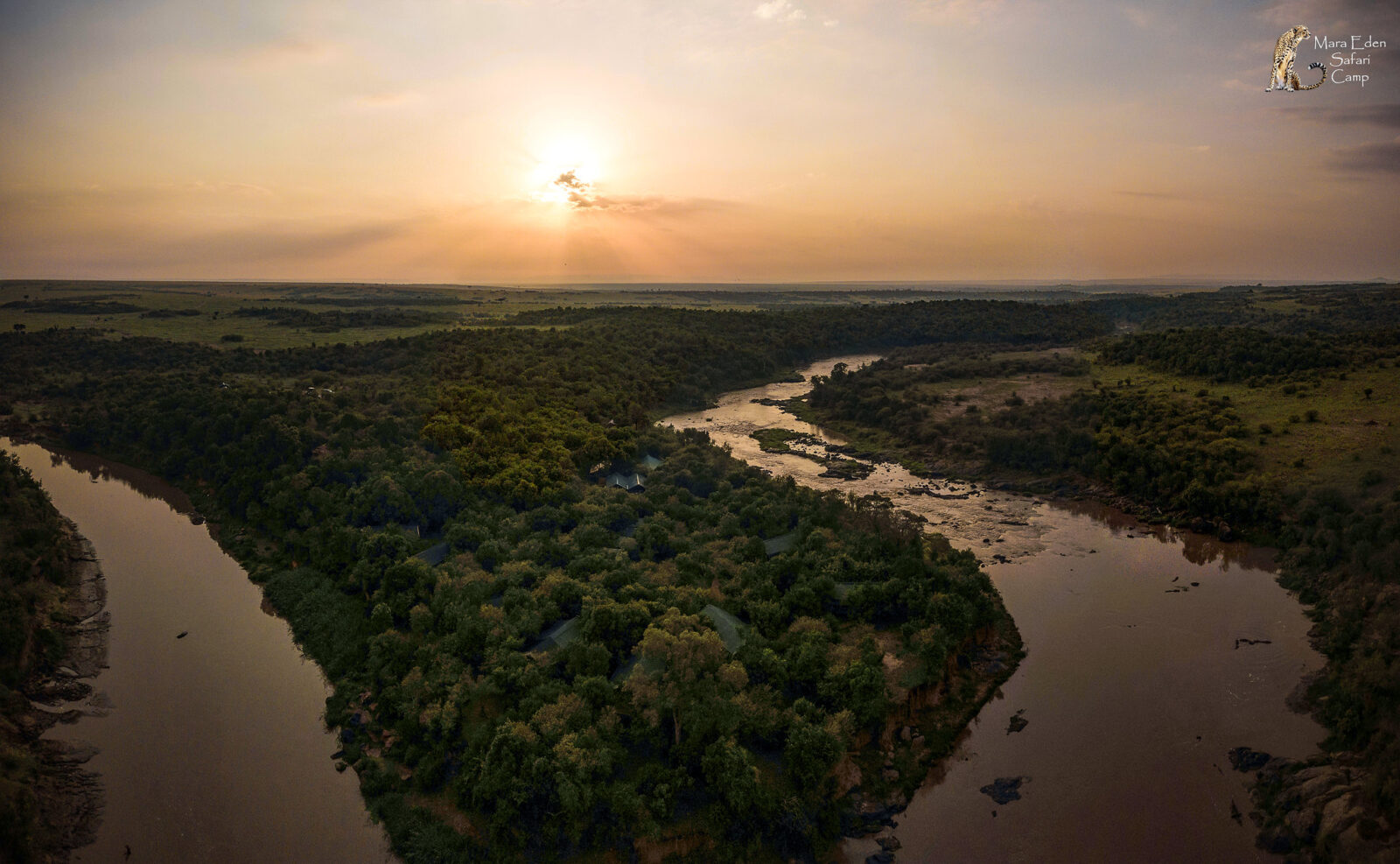
A Predator’s Paradise
The Maasai Mara is a predator’s paradise. Lions, leopards, cheetahs, and hyenas roam the plains, hunting their prey with deadly precision. Lions, the apex predators of the savannah, are often seen lounging in the shade of acacia trees, conserving their energy for the hunt.
Leopards, the most elusive of the big cats, are skilled climbers and often retreat to the safety of trees to avoid hyenas and other predators. Cheetahs, the fastest land animals, rely on their speed and agility to capture their prey. Hyenas, though often overlooked, are formidable scavengers and hunters.
A Diverse Ecosystem
The Maasai Mara is home to a diverse range of wildlife, including elephants, giraffes, zebras, impalas, and many more. Elephants, the gentle giants of the savannah, roam the plains in large herds, while giraffes tower over the landscape, browsing on the leaves of acacia trees. Zebras and impalas graze peacefully on the grasslands, always vigilant for predators.
A Cultural Tapestry
The Maasai Mara is not only a wildlife sanctuary but also a cultural treasure trove. The Maasai people, with their distinctive red attire and intricate beadwork, have lived in harmony with the land for centuries. They are renowned for their warrior spirit, their deep spiritual connection to nature, and their traditional way of life.
A visit to a Maasai village offers a unique opportunity to learn about their culture, witness their traditional dances, and purchase authentic Maasai handicrafts.
A Timeless Experience
The Maasai Mara is a timeless experience that will stay with you forever. Whether you’re a seasoned wildlife enthusiast or a first-time visitor, the Mara has something to offer everyone. From the thrill of the Great Migration to the serenity of a quiet game drive, the Mara is a place where you can connect with nature and experience the true essence of Africa.
A Collaborative Approach to Conservation: Conservancies and Reserves in the Maasai Mara
The Maasai Mara ecosystem is not solely confined to the national park. It extends into surrounding conservancies and reserves, creating a larger, more interconnected wildlife corridor. This collaborative approach to conservation ensures the long-term survival of wildlife and the well-being of local communities.
How Conservancies and Reserves Work
Conservancies are privately owned or community-managed areas that work in partnership with the national park. They are dedicated to wildlife conservation and sustainable tourism. By working together, these organizations accomplish alot.
What Working together Looks Like:
- Expand Wildlife Habitat: By creating wildlife corridors and reducing human-wildlife conflict, conservancies help to expand the range of wildlife.
- Promote Community-Based Conservation: Conservancies often involve local communities in conservation efforts, providing economic benefits and ensuring the long-term sustainability of the ecosystem.
- Offer Unique Safari Experiences: Conservancies offer a more exclusive and personalized safari experience, with fewer crowds and a focus on wildlife encounters.
Key Benefits of Conservancies:
- Reduced Human-Wildlife Conflict: By providing alternative livelihoods for local communities, such as tourism and livestock management, conservancies help to reduce human-wildlife conflict.
- Sustainable Tourism: Conservancies often prioritize sustainable tourism practices, minimizing the impact on the environment and maximizing benefits for local communities.
- Wildlife Conservation: By working together, national parks and conservancies can create larger, more interconnected wildlife corridors, allowing wildlife to roam freely.
